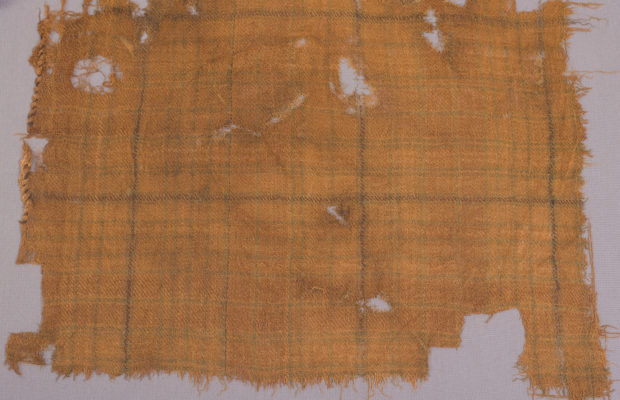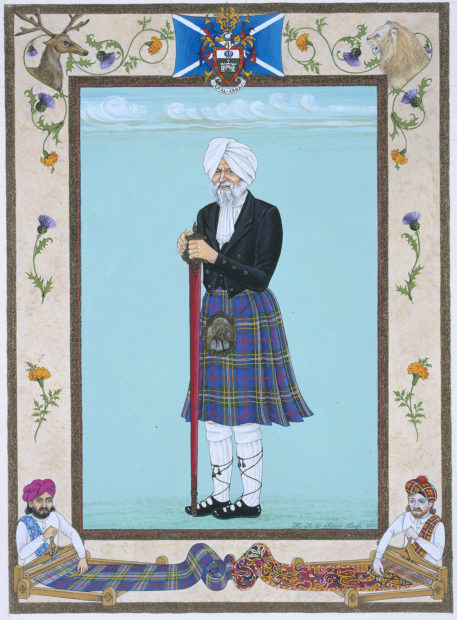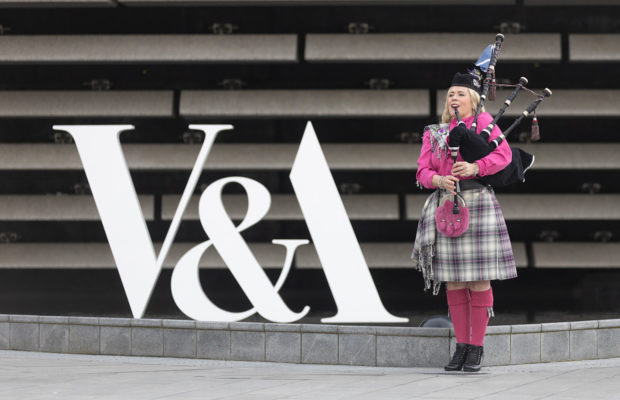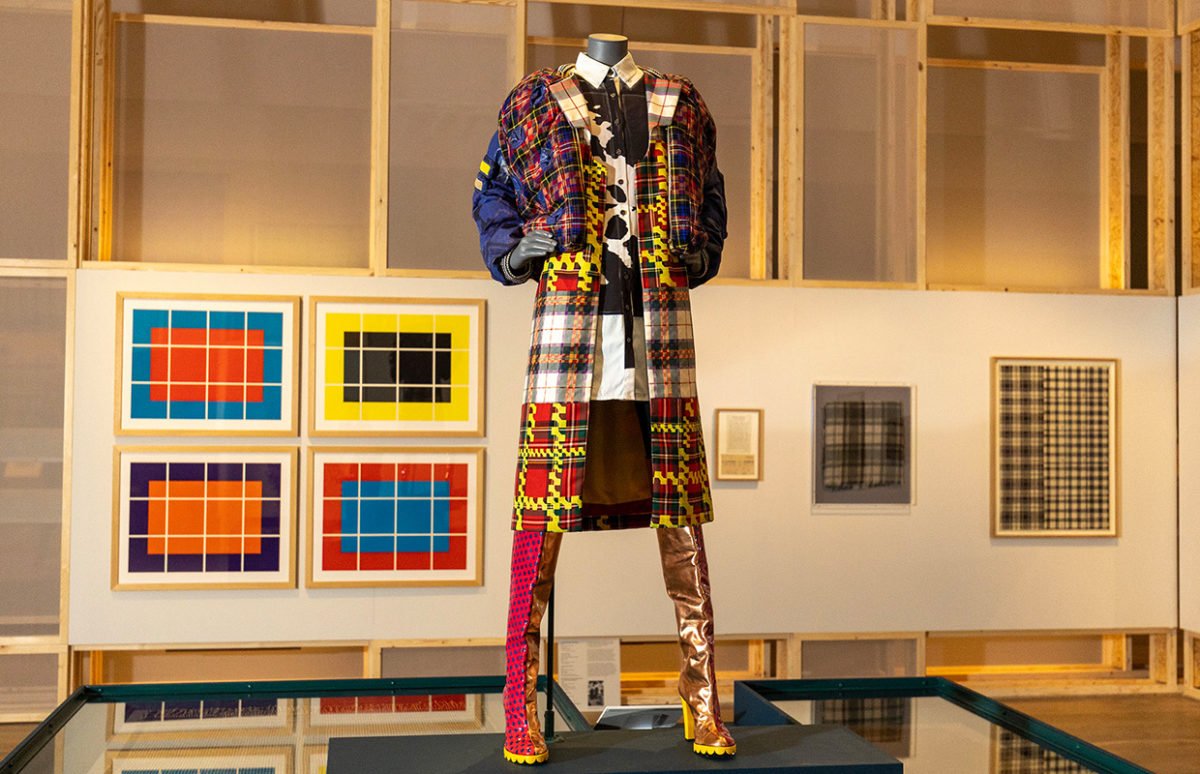6 April every year is celebrated by people of Scottish origins around this world as Tartan Day. And a new exhibition at the Victoria and Albert museum in Dundee examines this long-lived fabric that was considered so dangerous that it was illegal to wear it in the 18th century is now a visual reminder of all that is traditionally Scottish.
Tartan Day began in Nova Scotia, Canada (where else?) in 1997. Former U.S. Senator Trent Lott founded annual the Tartan Day celebrations in the U.S. the following year. The New York City Tartan Day parade of pipes, drums and dancers in New York City will celebrate its 25th anniversary this year, taking place on April 15. It is estimated that about 5 million Canadians have Scottish roots, about one in eight.
6 April was chosen because it was the date in 1320 when the Declaration of Arbroath was signed. It was a letter from Scottish nobles to the Pope, asking the Vatican to recognise Scotland as a sovereign nation, and vowing never to submit to English domination. It is considered Scotland's foundational document and believed to have influenced other independence movements around the world, including the United States' Declaration of Independence.
This short report from last year's New York parade gives a flavour. It was led by Scottish actress Karen Gillan (Dr Who, Avengers).
Tartan: A Checkered History
Tartan has been associated with the Scottish Highlands back to the mists of history. In fact, the piece of tartan below has recently been dated back to between 1500 and 1600. It's one of the more than 300 items on display at the Dundee exhibition.

The combination of colours and grid pattern of a specific tartan was generally associated with a particular clan or family. Tartan generally came in one long piece or plaid, and was wound around the body a bit like an Indian sari.
After the 1745 Jacobite Rebellion, the Westminster government banned the wearing of tartan along with the bearing of arms in attempt to crush any future rebellions. But it was rediscovered in the Romantic period of the nineteenth century, which portrayed tartan-clad Highlanders as noble savages. Queen Victoria's love of Scotland and all things Scottish did much to repopularise tartan. So it's particularly appropriate that this exhibition is at the Victoria and Albert Museum's northern outpost.
In the 20th and 21st centuries the fabric has been seen on haute couture catwalks and on many a punk. It is also still worn by many Scottish regiments. The exhibition features a kilt that was worn at the Battle of Auber's Bridge in France in 1915. Private Private James Calder,of the 1st Battalion, Queen’s Own Cameron Highlanders, was injured wearing it an invalided out of the Army.
The exhibition celebrates tartan as an ambassador for Scottish culture. This painting by Liverpudlian artists the Singh Twins depicts Sardar Iqbal Singh, who was born in Lahore, Pakistan, but made his life in Scotland and fostered cross-cultural connections. He is depicted wearing his traditional Sikh turban and a kilt made of a Singh tartan he commissioned.

V&A Dundee Director, Leonie Bell, says, “Tartan is a symbol of Scotland, representing tradition, rebellion, innovation, legend, power, and multiple identities, which is at home around the world.
If you want to know more about tartan, check out this article on the VisitScotland site.
Tartan
V&A Dundee
Till 14 January 2024

Copyright(s) :
Louise Gray 2011 from her collection 'Up Your Look'.
Alan Richardson Pix-AR
© The Singh Twins, Image © National Museums Scotland
Michael McGurk
> Scotland’s Birth Certificate
> Go Scottish for St Andrews
> Toasting Robert Burns
Tag(s) : "April" "Canada" "design" "Dundee" "Queen Victoria" "Scotland" "Scottish culture" "Scottish history" "tartan" "Tartan Day" "U.S.A." "V&A"





